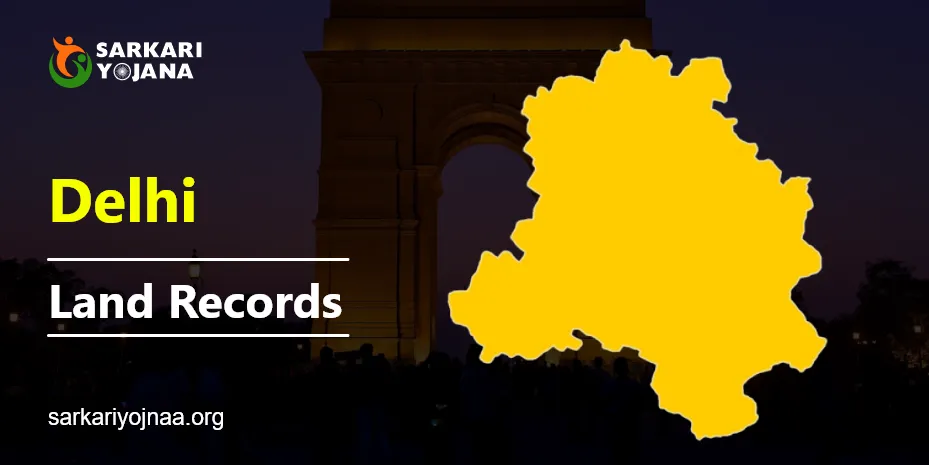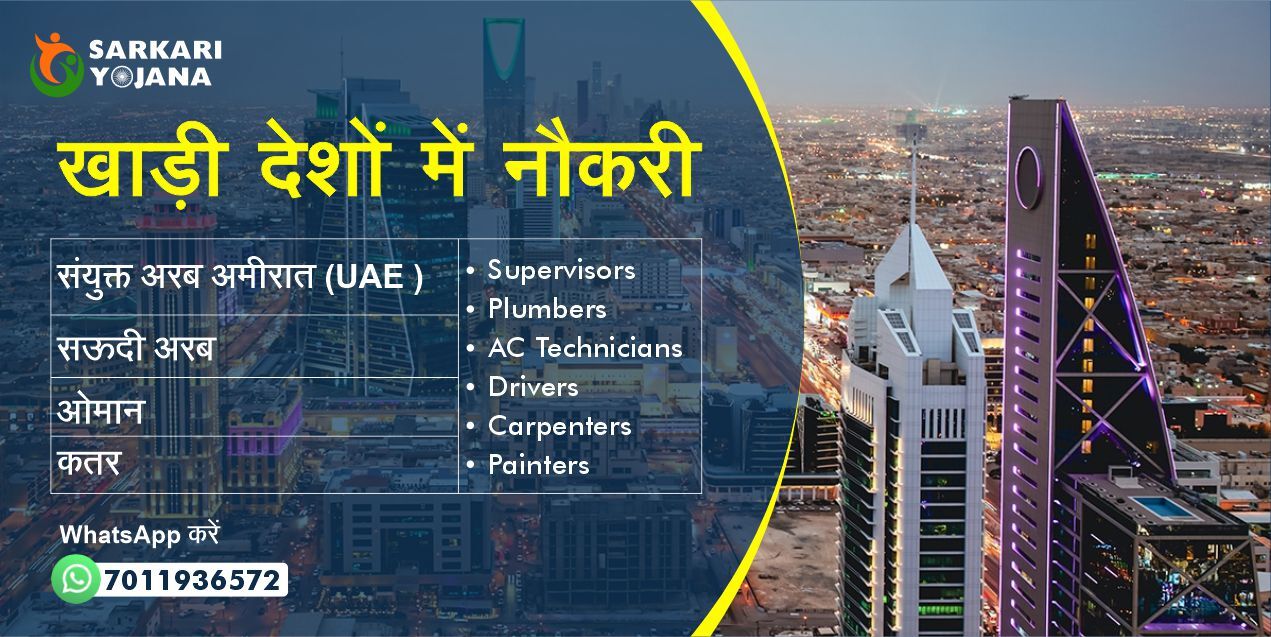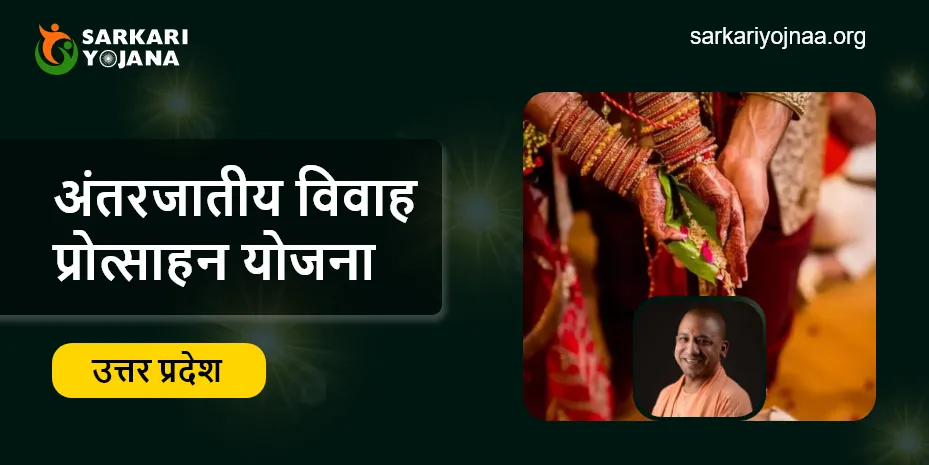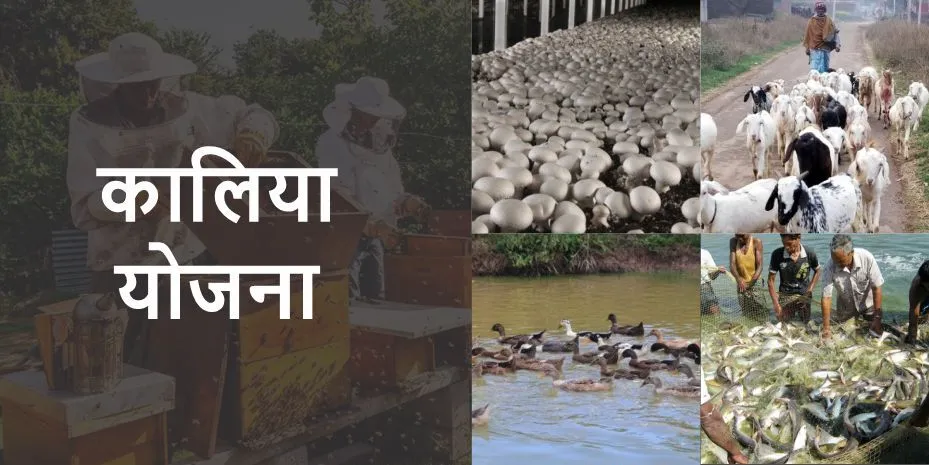Land records are vital documents that show the ownership, rights, and liabilities of a land parcel. In Delhi, the capital city of India, land records are also known as ROR or Record of Rights. ROR contains various information such as land type, area, location, boundary, etc. ROR is essential for land owners and buyers as it helps them in selling, transferring, mortgaging, or inheriting land. It also helps in resolving land disputes and paying land revenue.
In this article, we will guide you on how to access and understand Delhi land records online. We will cover the following components of land records: Bhu Naksha, Bhulekh, Khasra, Khatauni, Jamabandi and Owner Details. These are the terms and documents that you will encounter while dealing with land records in Delhi. By reading this article, you will learn how to check and download your land records easily and securely from the official websites.
Contents
- 1 About Delhi Bhulekh (Online Land Records – ROR)
- 2 How to Check Delhi Land Records Online/ROR Nakal Bhulekh
- 3 Check & Download Bhu Naksha (Land Map) in Delhi
- 4 Process Owner Details and Property Verification
- 4.1 How to verify property ownership and details of the owner
- 4.2 Role of owner information in property transactions
- 4.3 FAQs Related Delhi Land Records (Bhulekh ROR)
- 4.3.1 1. What are Delhi Land Records (ROR)?
- 4.3.2 2. What is Bhu Naksha, and how can I check it?
- 4.3.3 3. What is Bhulekh, and how does it relate to land records?
- 4.3.4 4. What is Khasra and Khatauni in land records?
- 4.3.5 5. What is Jamabandi, and why is it important?
- 4.3.6 6. How can I access owner details for a specific property?
- 4.3.7 7. Are Delhi Land Records accessible online?
- 4.3.8 8. Is it necessary to check land records before purchasing property in Delhi?
- 4.3.9 9. How often are Delhi Land Records updated?
- 4.3.10 10. Are there any fees associated with accessing Delhi Land Records online?
- 4.3.11 Conclusion;
About Delhi Bhulekh (Online Land Records – ROR)
Land records are essential documents that show the ownership, rights, and liabilities of a land parcel. They also contain various information such as land type, area, location, boundary, etc. In Delhi, the capital city of India, land records are also known as ROR or Record of Rights. Maintaining land records in Delhi is important for several reasons.
Reasons for maintaining land records in Delhi
First, it helps land owners and buyers in selling, transferring, mortgaging, or inheriting land. Second, it helps in resolving land disputes and paying land revenue. Third, it helps in the planning and development of the city. The history of land record management in Delhi dates back to the pre-independence era when land records were maintained by Patwaris or village accountants.
However, this system was prone to errors, delays, and corruption. To overcome these challenges, the Delhi government initiated the computerisation and online management of land records in 2004. The project was executed by the National Informatics Centre (NIC) and the Department of Revenue.
The project aimed to create a Land Management Information System (LMIS) that would allow basic data entry, mutation, queries, and reports of all the plots and ownerships in Delhi. The project also involved developing a spatial database with accurate digital maps and geo-referencing. The project resulted in the creation of the Indraprastha Bhulekh portal, which is the official website for Delhi land records. The portal provides access to various components of land records such as Bhu Naksha, Bhulekh, Khasra, Khatauni, Jamabandi, and Owner Details.
Components of Delhi Land Records (Bhulekh – ROR)
Delhi land records consist of various components that provide different information and functions related to land parcels. These components are:
- Map (Bhu Naksha):
This is a cadastral mapping software that shows the spatial information of land parcels in Delhi. It allows you to view the land type, plot size, boundary, ownership, and other details of any plot in Delhi. You can access Bhu Naksha from the Indraprastha Bhulekh portal. Bhu Naksha is useful for verifying the physical features and dimensions of a land parcel.
- Bhulekh:
It’s a digital portal for land records that contains the textual information of land parcels in Delhi. It allows you to search land records by district, tehsil, village, khata number, khasra number or name. You can also obtain certified copies of land records, pay land revenue online, apply for land use diversion, and other services from Bhulekh. You can access Bhulekh from the Indraprastha Bhulekh portal or the e-District Delhi website. Bhulekh is useful for verifying the legal status and ownership of a land parcel.
- Khasra:
This is a legal document that specifies the land and crop details of a plot in Delhi. It contains information such as plot number, area, measurement, owner name, cultivator name, crop type, soil type, tree type, and other details. You can obtain Khasra from the revenue department offices. Khasra is useful for identifying and locating a land parcel.
- Khatauni:
It’s a book of accounts that shows the summary of land holdings of a person or a family in Delhi. It contains information such as khewat number, khatauni number, owner name, share percentage, khasra number, area, rent payable, and other details. You can obtain Khatauni from the Delhi Bhulekh portal or the revenue department offices. Khatauni is useful for determining the share and extent of ownership of a land parcel.
- Jamabandi:
This is a document that records the rights and liabilities of landowners in Delhi. It contains information such as khewat number, khatoni number, owner name, father name, caste, occupation, mutation number and date, mortgage details, court case details, and other details. You can obtain Jamabandi from the revenue department offices. Jamabandi is useful for establishing the title and encumbrance of a land parcel.
- Owner Details:
This is the information that helps you find and contact the owner of a property in Delhi. You may need to contact the owner for various purposes such as buying, selling, renting, leasing or resolving disputes related to a property. You can find and contact the owner of a property in Delhi by using various methods and tools such as WHOIS search for domain names, reverse email lookup for email addresses, property owner lookup for addresses, and other sources. Owner Details are useful for communicating and negotiating with the owner of a property in Delhi.
These are the main components of Delhi land records that you need to know and understand while dealing with land parcels in Delhi. In the following sections, we will explain how to access and use each component in detail.
How to Check Delhi Land Records Online/ROR Nakal Bhulekh
Accessing Delhi land records online is easy and convenient. You can access various components of land records such as Bhu Naksha, Bhulekh, Khasra, Khatauni, Jamabandi, and Owner Details from the official portal [Indraprastha Bhulekh]. To access land records online, you need to follow these steps:
- Visit the [Indraprastha Bhulekh – https://dlrc.delhi.gov.in/] portal and select the component of the land record that you want to access from the menu bar.
- Enter the required details such as district, tehsil, village, khata number, khasra number, or name to search for the land record. You can also use the advanced search option to refine your search criteria.
- View the land record details on the screen or download them as PDF files. You can also print or share the land record details via email or social media.
- If you want to obtain a certified copy of the land record, you need to pay a nominal fee of Rs. 15 per copy. You can pay the fee online using various modes such as debit card, credit card, net banking, or UPI.
- You will receive a receipt and a reference number after paying the fee. You can use the reference number to track the status of your request and download the certified copy from the portal.
These are the steps to access Delhi land records online through the official portal. You can also access some components of land records from other websites such as e-District Delhi. However, you should always verify the authenticity and accuracy of the land records from the official portal before using them for any purpose.
Benefits of Using Delhi Land Records for Property Owners and Buyers
The service for Delhi land records are essential documents that show the ownership, rights, and liabilities of a land parcel. They also contain various information such as land type, area, location, boundary, etc. By accessing and verifying land records online, property owners and buyers can enjoy the following benefits:
- Avoid frauds, disputes, and litigation: Land records help you to check the legal status and ownership of a land parcel. You can also find out if there are any encumbrances, mortgages, court cases, or pending dues on the land parcel. This way, you can avoid buying or selling a disputed or fraudulent property. You can also use land records as evidence in case of any legal dispute or litigation related to land transactions.
- Save time, money, and effort: Land records are available online through the official portal Indraprastha Bhulekh. You can access them from anywhere and anytime using your computer or mobile device. You do not need to visit the revenue department offices or pay any bribe to get your land records. You can also obtain certified copies of land records by paying a nominal fee of Rs. 15 per copy online. You can save your time, money, and effort by obtaining land records online.
- Plan and execute development projects: Land records provide you with various information such as land type, area, location, boundary, etc. You can use this information to plan and execute various development projects such as construction, agriculture, infrastructure, etc. in Delhi. You can also apply for land use diversion, mutation, conversion, and other services online through the portal. Land records help you to utilize your land parcel for productive purposes.
Other Benefits of Using Delhi Land Records (Bhulekh Online)
Online access to land records also enhances the transparency and accountability of the land administration system in Delhi. It has the following benefits for society:
- Reduce corruption, manipulation, and errors: Online access to land records reduces the scope of corruption, manipulation and errors in land records. The portal is maintained by the National Informatics Centre (NIC) and the Department of Revenue. The portal ensures that the land data and maps are accurate and updated regularly. The portal also allows you to lodge complaints and grievances related to land records online. Online access to land records improves the quality and reliability of land data and maps.
- Improve planning and development: Online access to land records improves the planning and development of the city. The portal provides a spatial database with accurate digital maps and geo-referencing. The portal also allows you to view the land use pattern, population density, infrastructure facilities, etc. of any area in Delhi. Online access to land records helps in better planning and development of the city.
By accessing and verifying land records online, you can enjoy many benefits such as avoiding frauds, disputes, and litigation, saving time, money, and effort, planning and executing development projects, etc. Online access to land records also enhances the transparency and accountability of the land administration system in Delhi. It reduces the scope of corruption, manipulation, and errors in land records. It also improves the quality and accuracy of land data and maps. You can access various components of land records such as Bhu Naksha, Bhulekh, Khasra, Khatauni, Jamabandi, and Owner Details from the official portal Indraprastha Bhulekh. We hope this article helps you to understand and use Delhi land records online.
Check & Download Bhu Naksha (Land Map) in Delhi
Bhu Naksha is a cadastral mapping software that shows the spatial information of land parcels in Delhi. It is one of the components of Delhi land records that you can access online from the official portal Indraprastha Bhulekh. Bhu Naksha is useful for property analysis and decision-making for landowners and real estate professionals.
In this section, we will explain how to access and interpret land maps (Bhu Naksha) for property analysis.
How to access land maps (Bhu Naksha)
To access land maps (Bhu Naksha), you need to follow these steps:
- Visit the Indraprastha Bhulekh portal and select Delhi as the state.
- Select the district, tehsil, and village of the land parcel that you want to view on the map.
- You can also enter the khasra number or the plot number of the land parcel in the search box.
- The map will display the land parcel along with its boundary, area, owner name, and other details.
- You can zoom in or out, pan, rotate, or measure the map using the tools available on the screen.
- You can also switch between satellite, hybrid, or terrain views of the map using the options available in the top right corner of the screen.
- You can download or print the map as a PDF file using the options available on the bottom right corner of the screen.
How to interpret land maps (Bhu Naksha)
To interpret land maps (Bhu Naksha), you need to understand the following information and symbols:
- Land type: This is the type of land that is shown on the map such as agricultural, residential, commercial, industrial, etc. The land type is indicated by different colors on the map such as green, yellow, red, blue, etc.
- Plot size: This is the measurement of the land parcel in hectares, acres, or square meters. The plot size is shown on the map along with its boundary.
- Boundary: This is the line that separates one land parcel from another. The boundary is shown on the map as a solid or dashed line depending on whether it is a permanent or temporary boundary.
- Ownership: This is the name of the person who owns the land parcel. The ownership is shown on the map along with its plot number and khasra number.
- Other details: These are any other details that are relevant to the land parcel such as irrigation source, road access, water level, etc. These details are shown on the map as icons or labels.
Use cases and benefits of land maps (Bhu Naksha):
Land maps (Bhu Naksha) have various use cases and benefits for landowners and real estate professionals such as:
- Verifying the physical features and dimensions of a land parcel such as land type, plot size, boundary, etc.
- Comparing and evaluating different land parcels based on their location, area, ownership, etc.
- Identifying and resolving any discrepancies or disputes related to land parcels such as encroachment, overlapping, misalignment, etc.
- Planning and executing various development projects such as construction, agriculture, infrastructure, etc. based on the spatial information of land parcels.
- Enhancing the transparency and accuracy of land records by providing a visual representation of land parcels.
These are some of the ways to access and interpret land maps (Bhu Naksha) for property analysis. Land maps (Bhu Naksha) are an important component of Delhi land records that you should know and use while dealing with land parcels in Delhi.
Process Owner Details and Property Verification
Owner details are the information that helps you find and contact the owner of a property in Delhi. You may need to contact the owner for various purposes such as buying, selling, renting, leasing, or resolving disputes related to a property. Property verification is the process of checking and confirming the ownership and details of a property in Delhi. It is essential to verify a property before engaging in any transaction or agreement with the owner. In this section, we will explain how to verify property ownership and the details of the owner. We will also discuss the role of owner information in property transactions.
How to verify property ownership and details of the owner
To verify property ownership and details of the owner, you need to access and use various components of Delhi land records such as Bhu Naksha, Bhulekh, Khasra, Khatauni, and Jamabandi. These components provide you with various information such as land type, plot size, boundary, ownership, share percentage, mutation number and date, mortgage details, court case details, and other details. You can access these components online from the official portal [Indraprastha Bhulekh] or offline from the revenue department offices. You can also obtain certified copies of these components by paying a nominal fee online or offline. You should always verify and update these components regularly to avoid any errors or discrepancies in your land records.
Role of owner information in property transactions
Owner information plays a vital role in property transactions. By knowing and contacting the owner of a property, you can:
- Communicate and negotiate with the owner about the terms and conditions of the transaction such as price, payment mode, duration, etc.
- Verify the identity and credibility of the owner by checking their documents such as an Aadhaar card, PAN card, voter ID card, etc.
- Obtain the consent and signature of the owner on the relevant documents such as the sale deed, lease agreement, rent agreement, etc.
- Transfer or register the ownership and rights of the property in your name by applying for mutation or conversion online or offline.
- Pay the applicable taxes and fees to the government for using or transferring the property such as stamp duty, registration fee, land revenue, etc.
These are some of the ways to verify property ownership and details of the owner. Owner information is an important component of Delhi land records that you should know and use while dealing with properties in Delhi.
FAQs Related Delhi Land Records (Bhulekh ROR)
“Delhi’s land records play a pivotal role in property ownership, transactions, and land-related legal matters. In this comprehensive guide, we delve into the world of Delhi Land Records, also known as ROR (Record of Rights), and provide a concise FAQ (in short) section to address your most pressing queries about checking land maps (Bhu Naksha), Bhulekh, Khasra, Khatauni, Jamabandi, and owner details online. Whether you’re a prospective property buyer or a landowner, understanding these records is essential for navigating Delhi’s real estate landscape.”
1. What are Delhi Land Records (ROR)?
Delhi Land Records, also known as ROR (Record of Rights), are official documents that contain essential information about land ownership, property boundaries, and related details. They are crucial for property ownership and transactions.
2. What is Bhu Naksha, and how can I check it?
Bhu Naksha is a land map that shows property boundaries and land parcels. You can check Bhu Naksha online through the official government portal for land records.
3. What is Bhulekh, and how does it relate to land records?
Bhulekh is a digital land record system that provides information about landowners, land area, and land types. It is an essential component of Delhi’s land records.
4. What is Khasra and Khatauni in land records?
Khasra refers to the unique identification number given to each agricultural land parcel, while Khatauni contains details of landowners and their respective holdings.
5. What is Jamabandi, and why is it important?
Jamabandi is a record that reflects the current status of land ownership and the rights associated with it. It is crucial for verifying property ownership during land transactions.
6. How can I access owner details for a specific property?
You can access owner details for a specific property by searching the land records using the property’s unique identifier, such as Khasra or Khatauni number, on the official government land records portal.
7. Are Delhi Land Records accessible online?
Yes, Delhi Land Records are available online through the official government website, making it convenient for property owners and buyers to access essential land-related information.
8. Is it necessary to check land records before purchasing property in Delhi?
Yes, it is highly advisable to check land records before buying property in Delhi to ensure that the seller has clear ownership rights and that there are no disputes or encumbrances on the property.
9. How often are Delhi Land Records updated?
Delhi Land Records are periodically updated by the government authorities to reflect changes in ownership and property details. It is essential to check the latest records for accurate information.
10. Are there any fees associated with accessing Delhi Land Records online?
Accessing basic land records is often free of charge on the government portal. However, fees may apply for obtaining certified copies or specific services related to land records.
Conclusion;
Delhi Land Records (ROR) are essential documents that provide information about the legal ownership, area, and type of land in Delhi. They can be accessed online from the Delhi Bhulekh portal or offline from the citizen service centers at the district offices. Along with the land records, the portal also offers Jamabandi, Khasra, and Khatauni records, which contain the summary, details, and list of owners of each plot in a village. Delhi Land Records (ROR) are useful for various purposes, such as verifying land status, applying for loans, paying taxes, resolving disputes, transferring land, and planning development. Therefore, it is important to check and update Delhi Land Records (ROR) regularly to avoid any issues or complications in the future.





